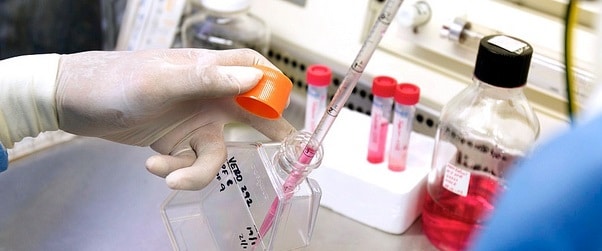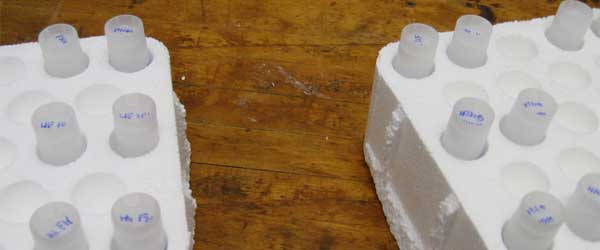Non-mammalian cells, including bacteria, fungi, and plant cells, have a cell wall that maintains the shape of the cell. These cell walls are particularly strong, due to their composition as they contain polymers that create a rigid sphere around the vulnerable cytoplasm contained inside the plasma membrane. In bacteria, the cell wall includes several layers of peptidoglycan; fungi contain chitin (yes, the same compound as in insect carapace!); and plant protoplast is surrounded by pectin and cellulose.
While these rigid layers provide an important function for maintaining the cell shape, they create a problem during cell lysis. In order to release cell content to perform biochemical experiments, you need to break open the cell wall, which can be a difficult task. It also creates a problem for genetic manipulations, as the cell wall is a mechanical barrier for genetic material transfer.
You can avoid these problems by at least partially removing the cell wall and making so-called “naked” cells that are surrounded by just cellular membrane or protoplasts. Not constrained by the complete cell wall, the protoplasts adopt a spherical shape and are called spheroplasts.
Aside from their use in DNA and protein transfection, protoplasts are also utilized in1:
- regenerating whole plants;
- making plan hybrids by protoplast fusion;
- patch clamp experiments;
- as an intermediate stage for isolation of organelles such as protoplasts and mitochondria.
The Principle
Make sure that you have enough starting material for several attempts with the same reagents, as you may need to adjust the conditions. This is especially important for making spheroplasts using enzymatic methods.
To generate viable protoplasts, the starting material should be in the prime of its life. You should start from young plant tissue or actively dividing culture in the logarithmic phase of growth. Very young pieces of tissues are usually small. They are more vulnerable, which increases the chance that they may not survive the treatment. On the other side, old tissues do not regenerate as readily and are more prone to infection.
It’s important to chill cells before undergoing any treatments and keeping them chilled. Keeping the cells cool slows down necrosis. But it is also vital to maintain the cells temperature above the freezing point, as even the brief formation of ice crystals in your media will damage the cells, decreasing the output.
The spheroplasts are very sensitive to mechanical and osmotic pressures. To prevent them from bursting you need to maintain isotonic conditions. This means that the osmotic pressure inside and outside the cells should be equal; this depends on the salt concentration. Unequal pressure can lead to your cells either exploding (hypotonic solution) or imploding (hypertonic solution).
Removing the Cell Wall
There are two main types of methods to remove the cell wall: mechanical and enzymatic.
The mechanical methods, such as slicing of tissues that have protoplasts shrunk from cell walls by placing into hypotonic condition (plasmolysis), are old-fashioned, have low yield, and are rarely used now.
Enzymatic methods are more controllable and simple but require optimization. The enzymes you use for generating spheroplasts depends on your cell type:
- For plant cells use a mix of cellulase, pectinase, and xylanase;
- For lower plant cells such as seaweed the enzyme will depend on cell wall composition;
- Fungal cells starting from yeast – chitinase;
- For bacterial cells use lysozyme + EDTA.
Be aware that even subtle differences between the age of your cells and batches of the enzymes will make a contrast between an incomplete cell wall digest where you get a 50% spheroplast yield, and over-digestion, leading to a significant number of dead cells. For most experiments, you don’t need to remove the cell wall completely – spheroplasts with partially removed cell wall will do.
In the end, if you approach you spheroplast making with due diligence, researching the protocols in advance and adjusting them to your conditions, the speroplasts are as easy to make and a pleasure to work with.
Literature:
Davey, M.R., et al. (2005) Plant protoplasts: status and biotechnological perspectives. Biotechnology Advances.V. 23 (2), pp. 131-171. DOI:10.1016/j.biotechadv.2004.09.008







